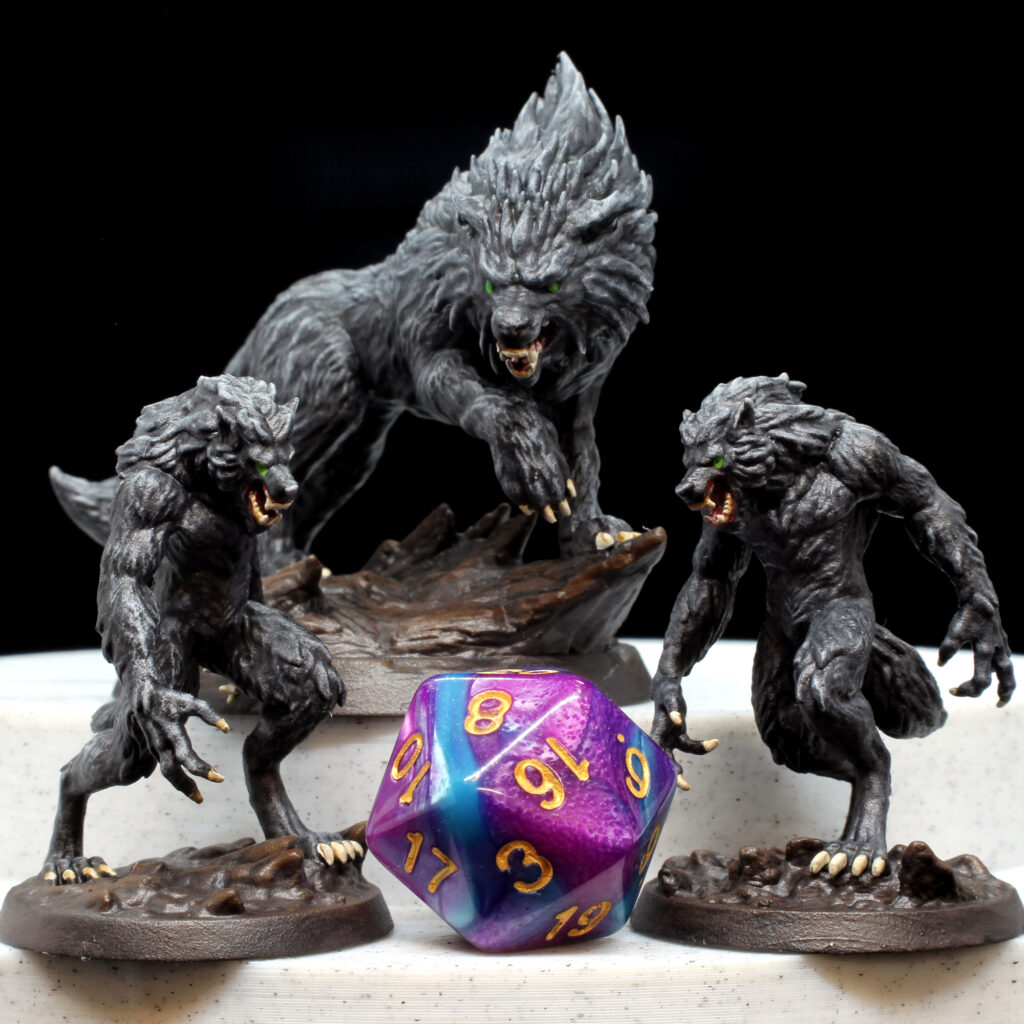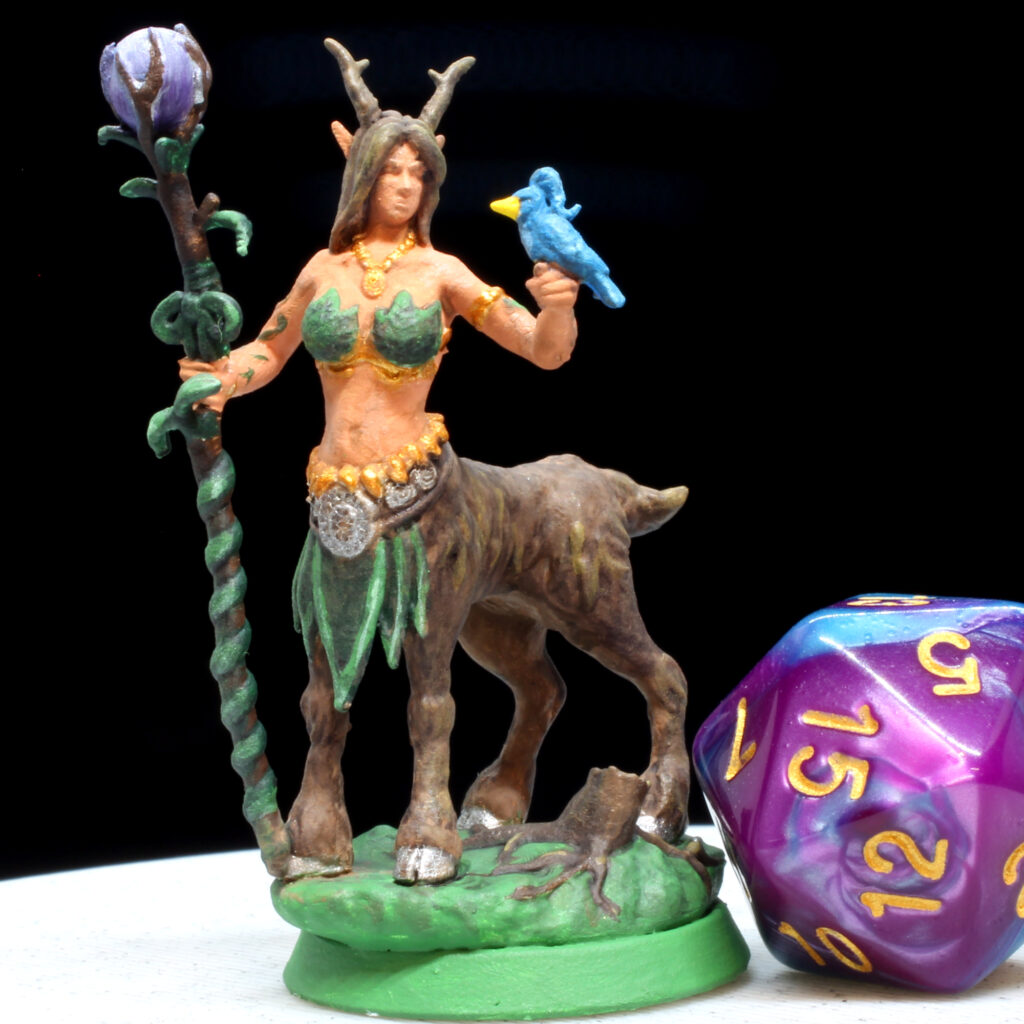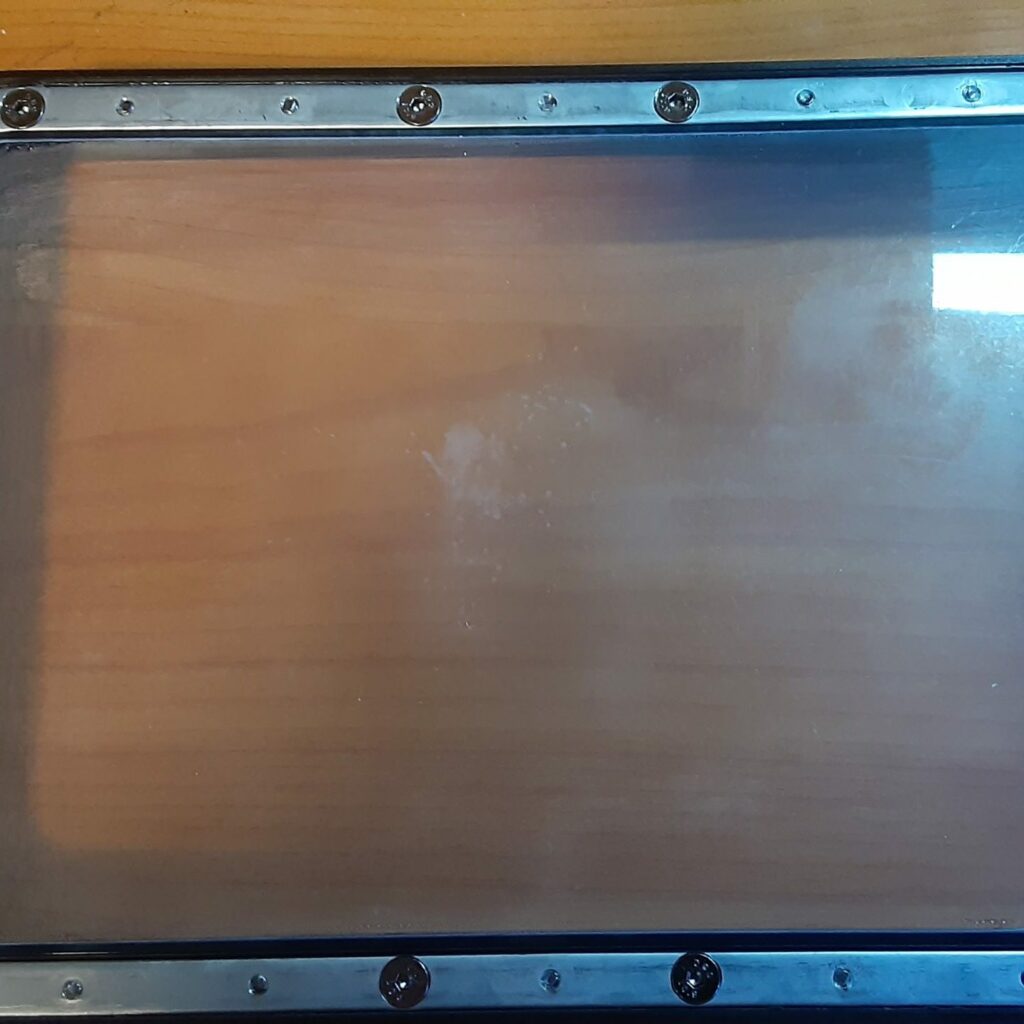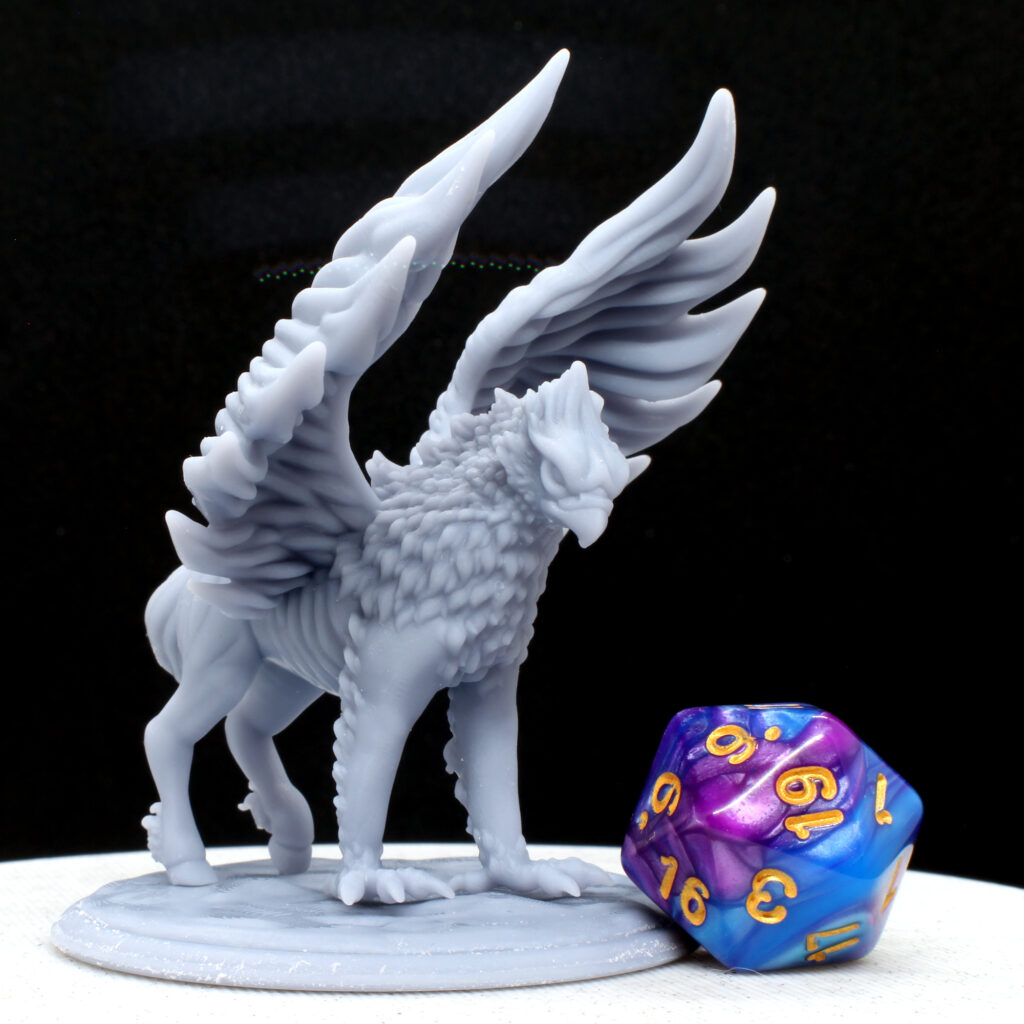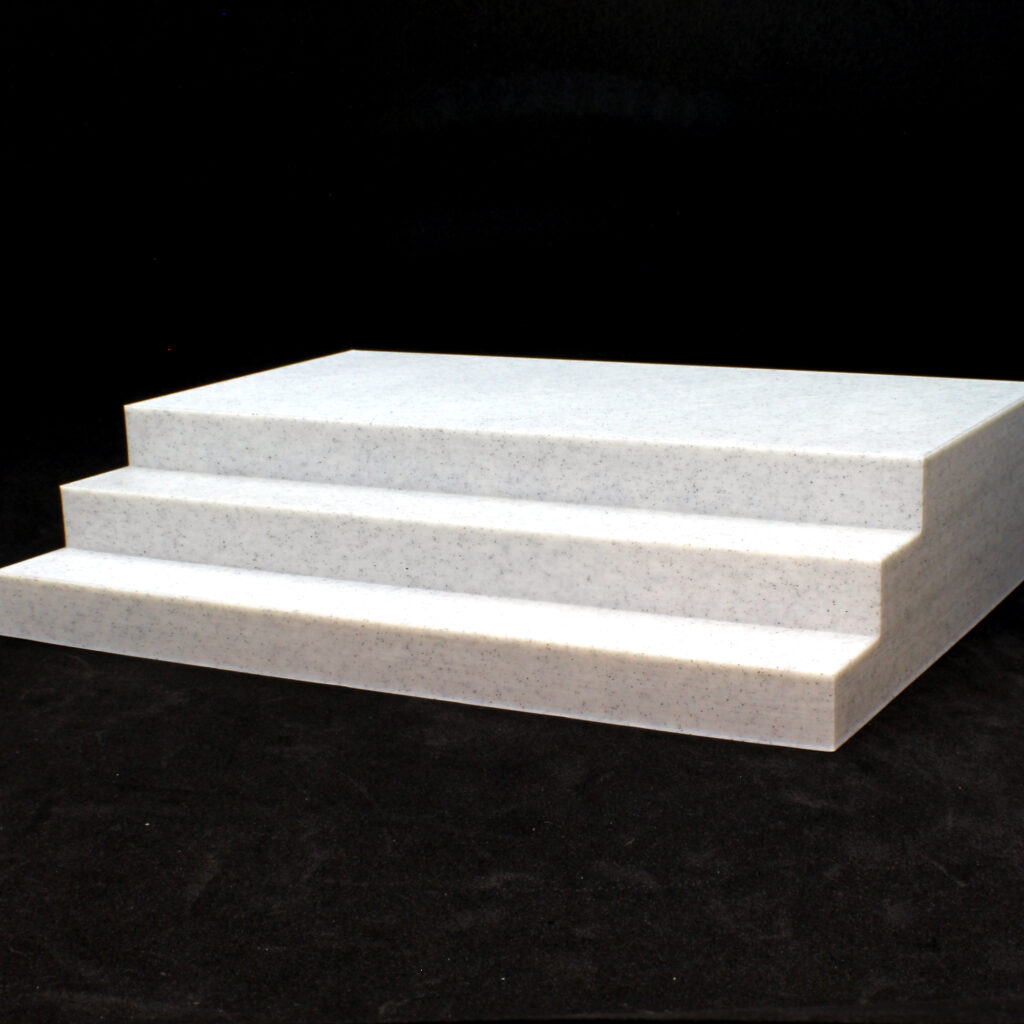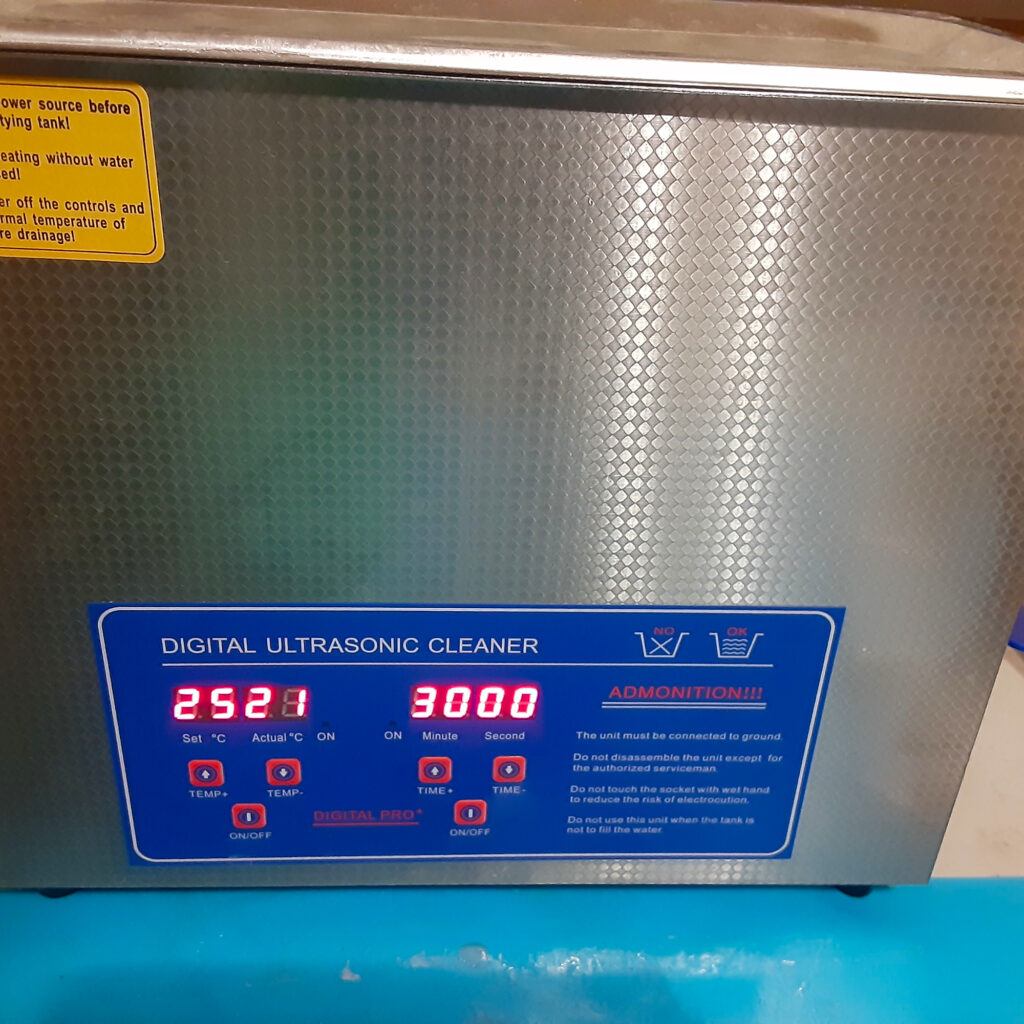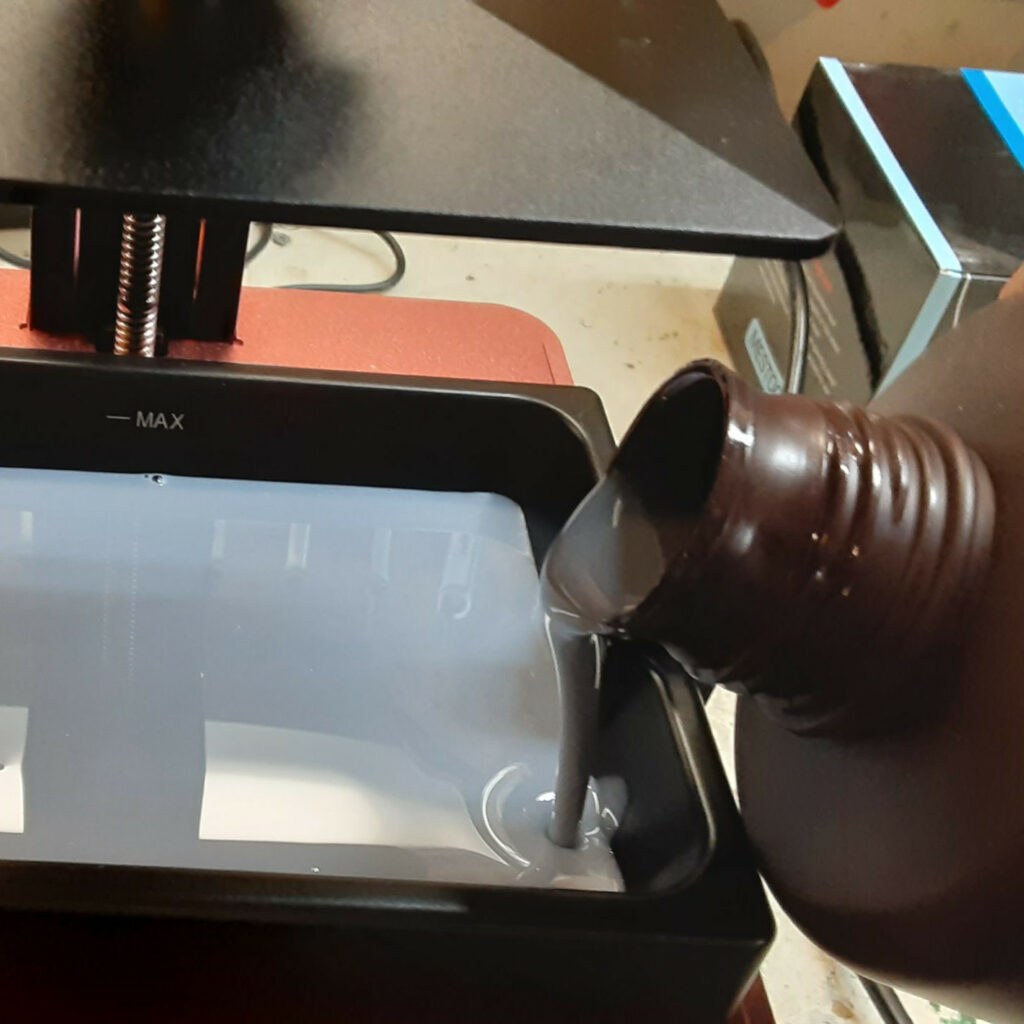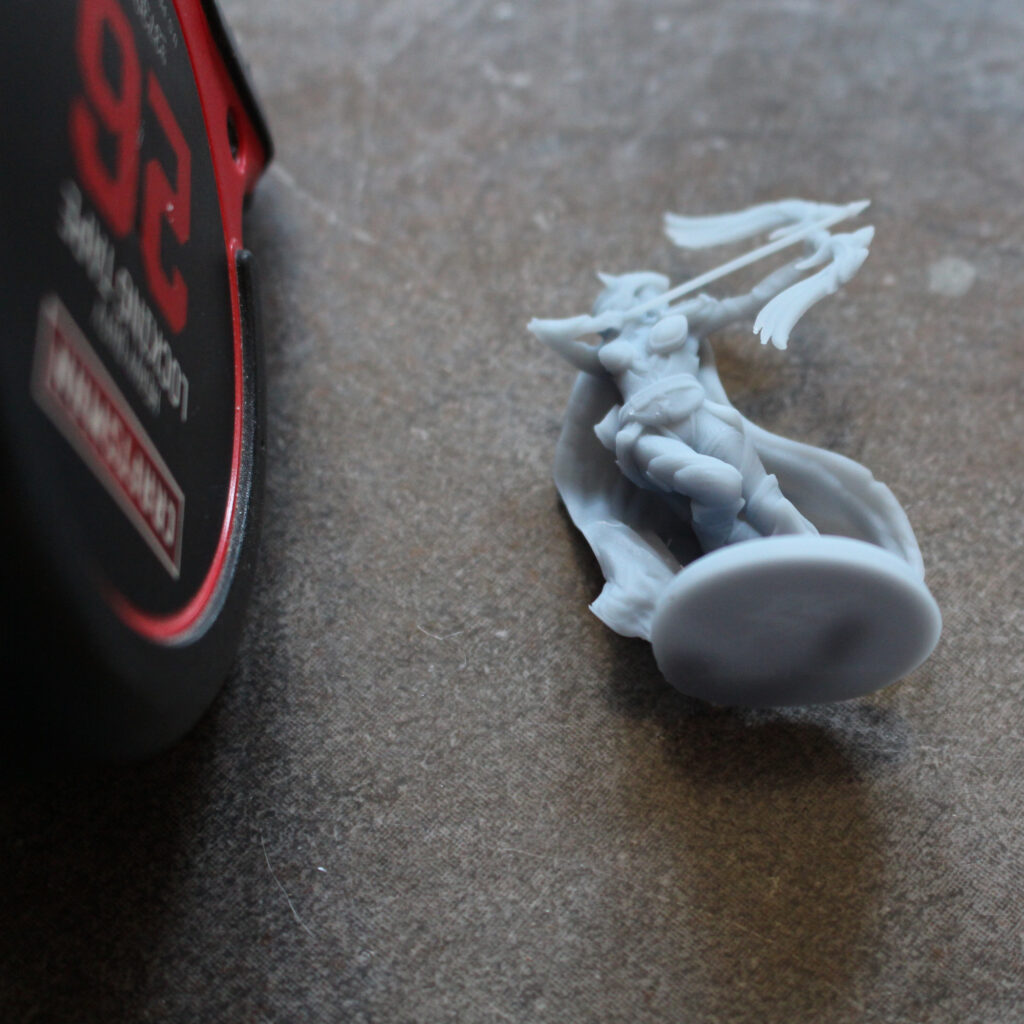There are many different kinds of 3D filament available for use on 3D printers. If you want to print something for use outside, where it will be exposed to sunshine and heat, which 3D filament would be the best choice?
Clicking on the Amazon Associate links in this article helps me pay the bills–and write more articles!
For this experiment, I 3D printed this Rogue figure in 4 different 3D Filaments: PLA+, PETG, ABS and ASA. In a previous experiment, I found that sun and heat had no effect on figures 3D printed in Resin, so I’ll be using a fifth figure printed in resin as a control. I chose this figure because it prints without supports, which is best for filament printers, and because I thought that any drooping from the thin, vertical sword would be an early sign of heat fatigue. Some of the figures had stringing and clumping occur during printing; normally, I would take the time to fine tune the printer to the material and type of figure, but for this experiment quick and dirty should work fine. All the rogue’s swords printed nice and tall, and I am guessing that that is where the first signs of melting or heat fatigue will be seen.

3D Filament Types
Fused Deposition Modeling, or FDM 3D printing, involves pushing a heated thermoplastic filament through a nozzle and applying it layer by layer to a platform until your desired object is built. There are many different kinds of filament that can be used in 3D printing. I chose some of the most common for this experiment:
- PLA+: Poly Lactic Acid (PLA) filament is derived from corn starch or sugar cane. The “+” is for different additives, which vary by brand, that help it withstand higher temperatures. It still requires lower printing temperatures than other filaments, and it’s ease of use makes it popular for 3D Printing.
- PETG: Polyethylene Terephtalate Glycol (PETG) is know for being strong and resistant to high temperatures and water, while still being easy to print with. It’s perfect for parts that need to be tough and sturdy.
- ABS: Acrylonitrile Butadiene Styrene (ABS) was one of the first plastics to be used for 3D printing. While it is more challenging to print with, it is heat and impact resistant. It’s toughness makes it ideal for projects that require post-processing, like machining or sanding.
- ASA: Acrylonitrile Styrene Acrylate (ASA) is very similar to ABS, in that it’s a strong filament used for 3D printing mechanical parts. It has a higher UV resistance and is known as the first choice for 3D printing strong parts intended for outdoor use.
- Resin: Resin isn’t used for filament printing, and involves a different printing process all together. I included a Resin figure in this experiment as a control figure, having previously discovered that exposure to sun and heat had no effect on my 3D Resin Printed figures.
Method
After 3D printing all my figures, I used poster putty to attach them to a wooden paint stick. This will help me keep track of which is which (I also made a note with a marker on the base of each), and also make sure all receiving the same amount of heat through their contact with the hot surface outside. A small heat wave in California provided the perfect opportunity: with temperatures predicted to reach over 100F by the afternoon, I took our rascally rogues out in the morning and found them a nice sunny spot to sit.



Day 1
After a nice day of sun and temperatures above 100F, their was no visible change in the rogues.
Day 2
In attempt to put my rogues under even more heat stress, they spent their second day on the dashboard of a hot car sitting outside in full sun. Still no changes!
Day 30
Short term exposure to hot temperatures and sunlight had no effect on my figures, but they seemed to enjoy the open air so I left them outside through the entire month of July. Daytime temperatures were continuously above 90F, and we even had a a few stretches were the temperatures were above 100F for days at a time. Behold! After 30 days of such ill treatment, I did get a result:


Having a hard time seeing the difference? Here’s a close up:


Conclusion
After days of high temperatures, only one of my figures showed any changes. The tip of the PLA+ Rogue’s sword wilted a small amount. None of the other figures had any reaction to the summer sun.
How much heat can these figures take? At some point they have to melt–after all, that’s how 3D-printing with filament works. Check in next time as I subject my poor rogues to more abuse!
Was this article helpful? Become a Patreon or buy me a coffee and I’ll write more!
Clicking on the Amazon Associate links in this article helps me pay the bills–and write more articles!







